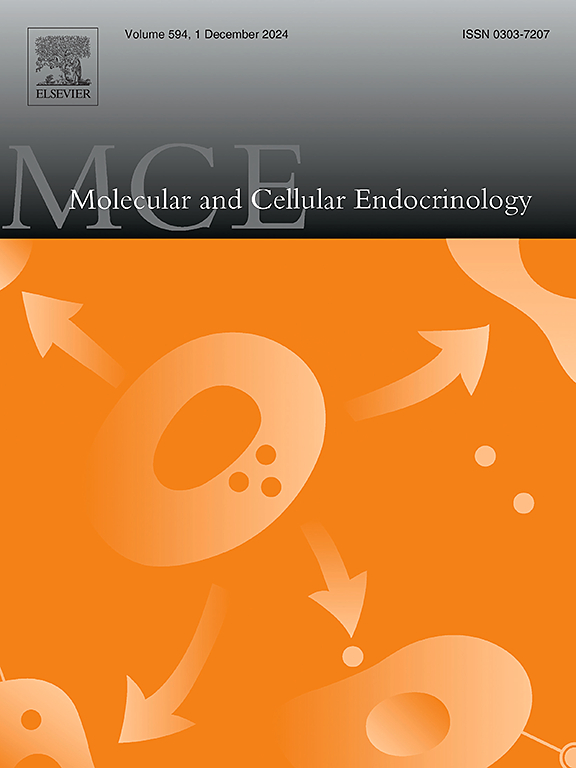环境污染物三丁基锡和双酚S单独或联合对下丘脑-垂体-性腺轴和子宫有危害
IF 3.6
3区 医学
Q2 CELL BIOLOGY
引用次数: 0
摘要
内分泌干扰化学物质(EDCs)是在环境中发现的对人体健康有不利影响的化合物。其中有三丁基锡(TBT)和双酚S (BPS)。TBT用于防污涂料,它的滥用对健康有影响。BPS存在于塑料制品中,并作为双酚a (BPA)的安全替代品销售。人们对不同EDCs之间相互作用对生物体的影响知之甚少。本研究的目的是分析暴露于这些化合物引起的下丘脑-垂体-性腺轴和子宫的变化。我们分为四组:对照组,TBT 100 ng kg−1。day−1,BPS 50 μg kg−1。第1天,同时暴露于TBT和BPS的组。大鼠灌胃15 d,在发情期实施安乐死。所有EDCs组均表现为子宫细胞增生、腺体变性、上皮细胞厚度增加、空泡化。在卵巢中,所有EDCs组的闭锁卵泡均有所增加。在下丘脑中,暴露于混合物的组显示出GnRH基因的增加。在血液中,所有EDCs组的FSH和LH水平都有所降低。此外,BPS组和混合组泌乳素水平降低。因此,我们建议,暴露于这些物质可能会对女性生殖系统造成损害,监管机构认为安全的剂量需要重新评估。本文章由计算机程序翻译,如有差异,请以英文原文为准。

The environmental contaminants, tributyltin and bisphenol S, alone or in combination, harm the hypothalamus-pituitary-gonadal axis and uterus
Endocrine disrupting-chemicals (EDCs) are chemical compounds found in the environment that can have adverse impacts on human health. Among these agents are tributyltin (TBT) and bisphenol S (BPS). TBT is used in anti-fouling paints, and its indiscriminate use has health repercussions. BPS is found in plastic products and marketed as a safe alternative to bisphenol A (BPA). Little is known about the effects resulting from interactions between different EDCs on the organisms. The aim of this study was to analyze changes induced by exposure to these compounds in hypothalamic-pituitary-gonadal (HPG) axis and uterus. We divided four groups: Control, TBT 100 ng kg−1.day−1, BPS 50 μg kg−1.day−1, and the group simultaneously exposed to TBT and BPS. Rats were gavaged for 15 days and euthanized in the estrus phase. All EDCs groups showed uterus with cellular hyperplasia, glandular degeneration, increased epithelial thickness, and vacuolization. In the ovaries, there was an increase in atretic follicles in all EDCs groups. In the hypothalamus, the group exposed to the mixture showed an increase in the GnRH gene. In the blood, all EDCs groups had reduced levels of FSH and LH. Additionally, the BPS and mixture groups exhibited reduced levels of prolactin. Therefore, we suggest that exposure to these agents may contribute to damage to the female reproductive system, and that doses considered safe by regulatory agencies need to be reassessed.
求助全文
通过发布文献求助,成功后即可免费获取论文全文。
去求助
来源期刊

Molecular and Cellular Endocrinology
医学-内分泌学与代谢
CiteScore
9.00
自引率
2.40%
发文量
174
审稿时长
42 days
期刊介绍:
Molecular and Cellular Endocrinology was established in 1974 to meet the demand for integrated publication on all aspects related to the genetic and biochemical effects, synthesis and secretions of extracellular signals (hormones, neurotransmitters, etc.) and to the understanding of cellular regulatory mechanisms involved in hormonal control.
 求助内容:
求助内容: 应助结果提醒方式:
应助结果提醒方式:


